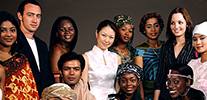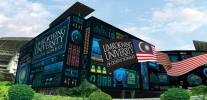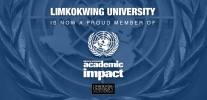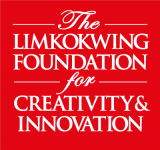The culture of Palestine is heavily influenced by its agricultural past and its ancient setting as the cradle of the world's major monotheistic religions.
Ethnicity, Religion, Language
Modern Palestinians are descendants of ancient societies who have lived for millennia in the much storied and disputed region of Western Asia that lies between the Mediterranean Sea and the Jordan River. Up to 85% of Palestine’s population are Muslims, followed by Jews at 12-14%, and Christians.
Arabic is the principal language, but both English and Arabic are compulsory in schools.
Music and Dance
Palestinian and Arabic music shares common aspects both structurally and instrumentally. Unique compared to many other cultures, the traditional songs of Palestine have no set lyrics but rather a set rhythm. Professional singers are hired at modern Palestinian events and song lyrics may differ from city to city. Palestinian songs, including Atab/Mejana and Dal’ona, have transcended time.
The most well-known traditional dance in Palestine is called the Dabke, which is usually performed at weddings and other celebrations. The dance is performed by coordinated jumping and stamping, similar to tap dancing, and is popular throughout the Levant.
Architecture
The architecture in Palestine depicts an infinite historical time frame and a number of different styles and influences over the ages. The country’s urban architecture mirrors that of the Levant and Arab world. Its town houses share the same basic conceptions commonly seen throughout the Eastern Mediterranean.
Economy
The most important sector in the Palestinian economy is the services industry which is estimated to constitute about 65% of GDP, followed by tourism and agriculture. One of the leading fields of its services sector is Information Technology and Communication which has been steadily growing since the turn of the 21st century.




















